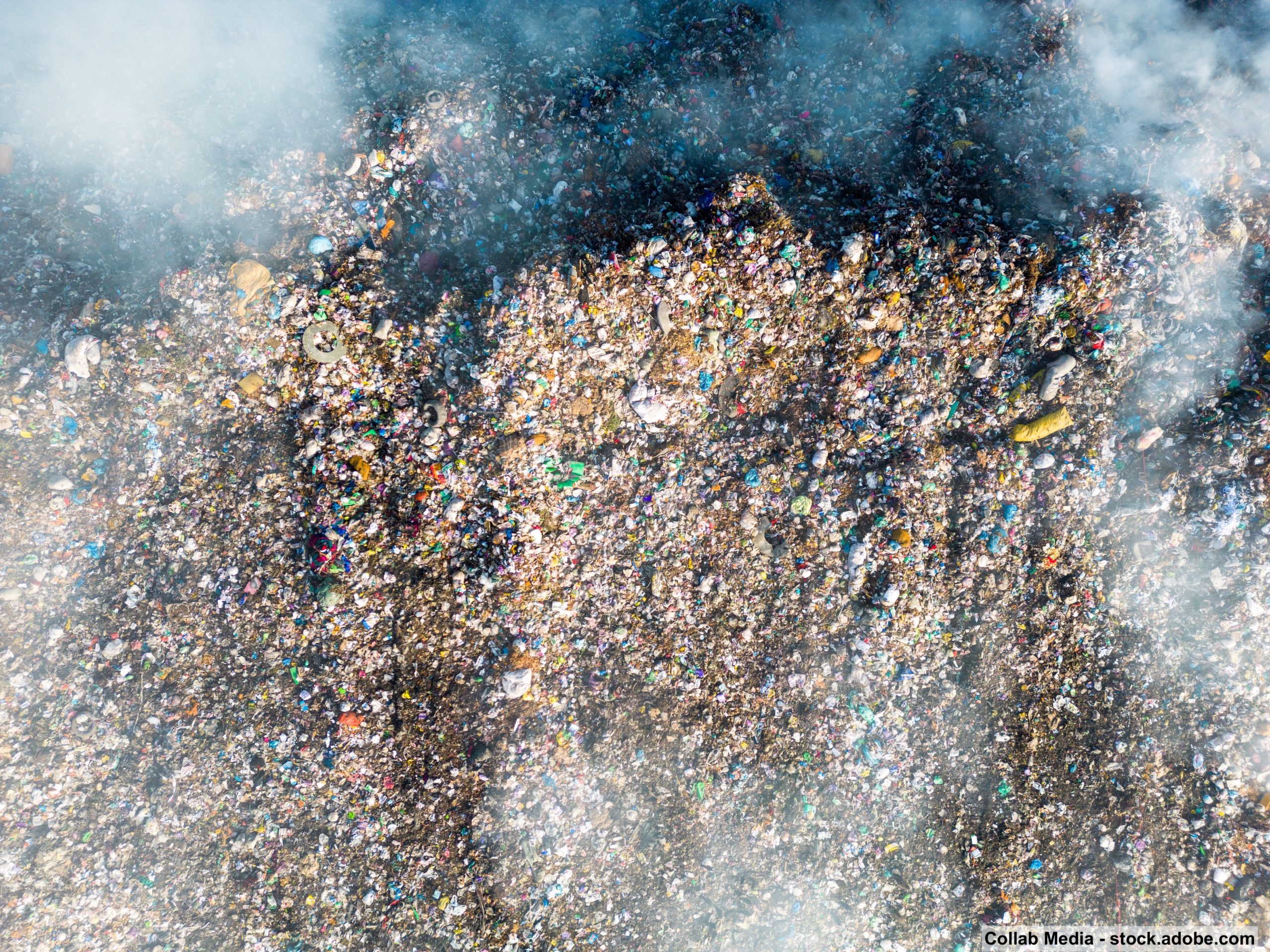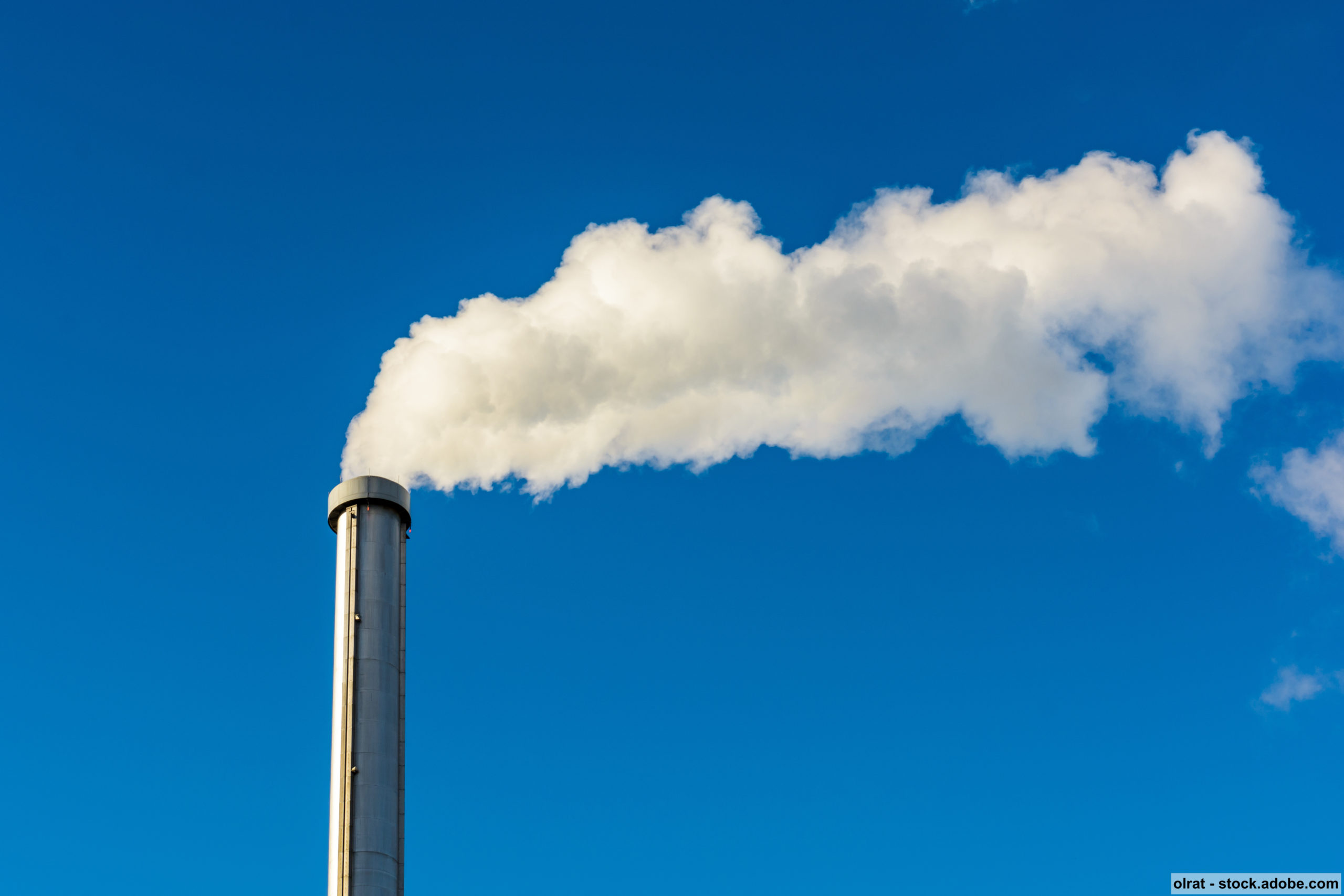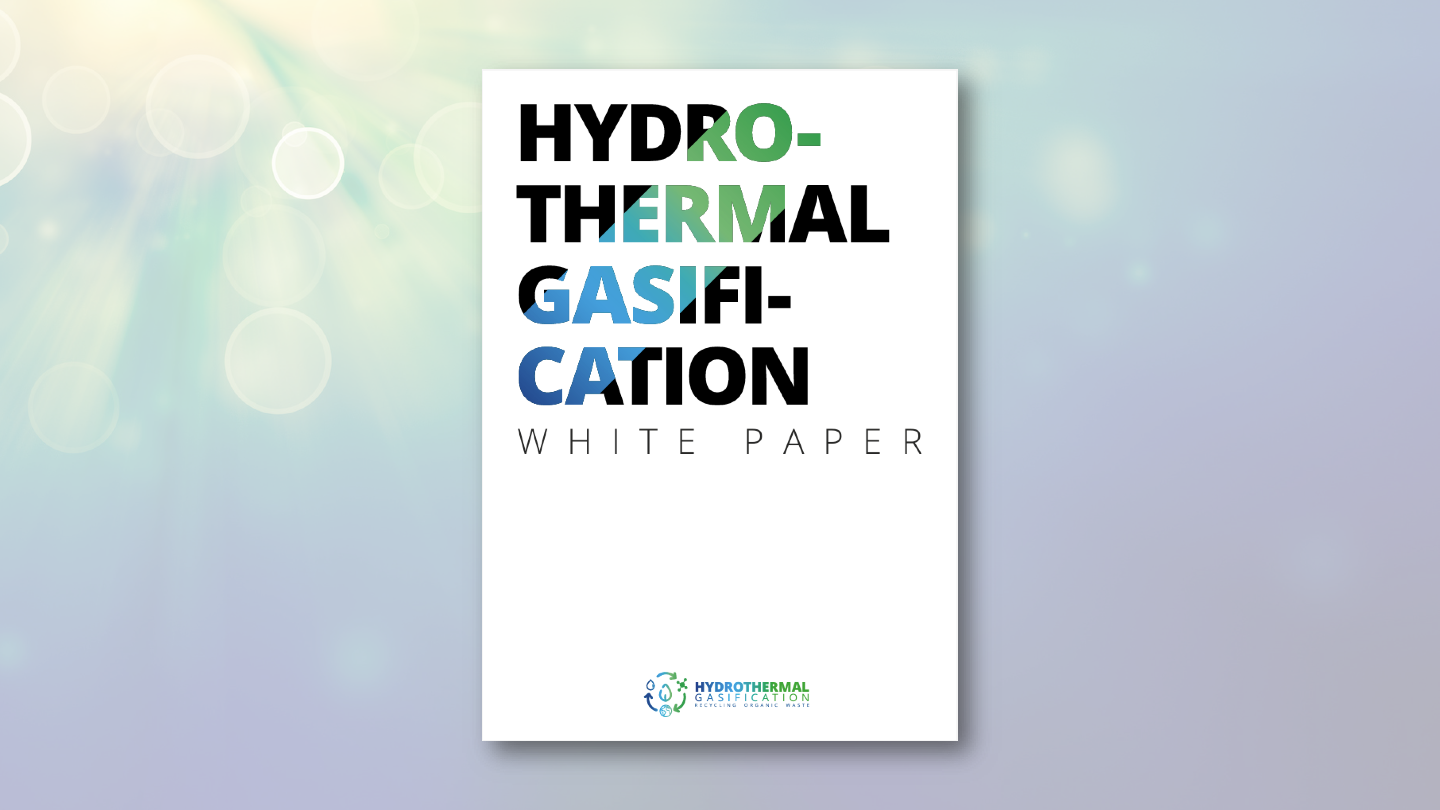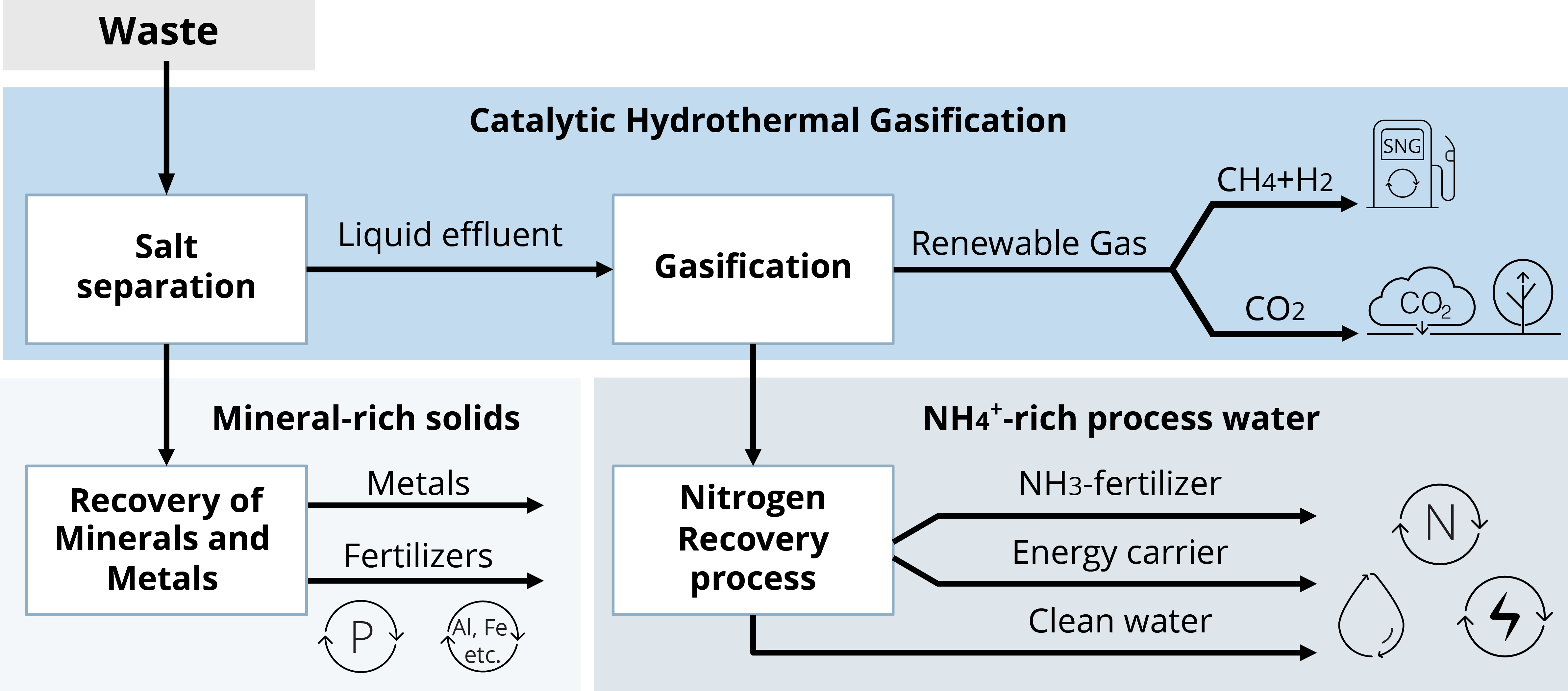A changing mindset and innovative technologies offer opportunities for recycling resources and producing renewable gas from waste
By Frédéric Juillard, CEO at TreaTech
Historically, landfill and incineration have always been standard approaches to dealing with waste, with the negative aspects of pollution and the poor valorization of the waste being largely ignored. In the West, one of the leading examples of this approach is the United States, which boasts 72 incinerators and 2,627 active landfills. Indeed, the American waste management market recently reached all-time highs at an estimated $208 billion, as overwhelming economic incentives favor the continued use of these polluting waste disposal solutions. In the political landscape too, there are still many who deny the existence of global warming and refuse to subsidize environmental protection. This probably explains why, astonishingly, as many as 23 US states actually classify incineration as a renewable energy source.
Fortunately, attitudes are beginning to change. This is particularly true in the EU, where landfill and incineration activities have begun to slow down over the past few years. For example, the EU has said it opposes the creation of any new incinerators to avoid absurd situations such as that in Denmark, where waste must actually be imported to fill incinerator capacity. Clearly, building too many hungry incinerators inevitably leads to a need for more waste, something which is fundamentally at odds with environmental protection – not to mention that not all waste can be incinerated.
So after years of quietly observing greenwashing and essentially ignoring climate emergency, western countries are beginning to take environmental action seriously. Most importantly, they have realized that much of the waste that ends up in landfills or incinerators provides an opportunity for the recovery of valuable resources that can be re-used, as well as methane which can provide a sustainable source of energy.

In Switzerland, for example, the cost of waste disposal amounts to CHF 3 billion annually. As part of the Batumi Initiative on a Green Economy, the Swiss Confederation recently invested in green waste incinerators and completely abandoned landfill, except in specific cases. There are 30 incinerators in Switzerland and as many as seven ‘mono-incinerators’, designed to specifically burn municipal wastewater treatment plant residues (sewage sludge) that makes it possible to recover phosphorus, an essential nutrient in agriculture.
France has adopted a mix of incineration and landfill, with 126 incinerators in 2022. However, it now plans to stop building new incinerators in the future and also abandon landfill. It is also interesting to note that incinerating waste is gradually becoming more expensive for French industrials. As part of its initiatives to promote circular waste management, the country recently imposed stricter taxation on incineration and landfill, applied a reduced rate of 5.5% VAT on circular alternatives to incineration such as biogas generation technologies, and created a carbon tax of €30.5/ton. As far as landfill is concerned, by 2030 only 10% of municipal waste will be allowed in landfill and future laws are expected to limit sending industrial waste to landfill. Overall, incineration and landfill are gradually becoming less financially attractive for French industrials and from 2024 onwards, even French households will be required to recycle their organic waste.

In the US, opposition to incineration is also slowly emerging. California for example, recently repealed a long-standing law that allowed trash burned in its incinerators to be counted towards the state’s recycling and reuse goals. Lawmakers championing the repeal pointed to studies that demonstrated how burning trash contributes at least as much to global warming as sending it to a landfill. New Jersey also vetoed provisions of a waste reduction law that would have allowed food manufacturers to comply by shipping their waste to incinerators to produce energy.
But what has made some US states move against incineration and landfill? There is a number of reasons. Firstly, with 79% of incinerators located in low-income areas, incineration creates undesirable discrimination within the population. Secondly, 945 landfill sites across the US are vulnerable to flooding, storms, wildfires, or even a rise in sea levels, raising additional pollution concerns as more and more health issues emerge as the result of pollutants in nearby air and water. Finally, the advent of more efficient renewables and affordable renewable gas such as methane has driven down market energy prices and made incineration less competitive.

So, whilst the examples of Switzerland, France, and the United States exhibit different waste management strategies, there is a common thread: traditional incineration and landfill practices are being re-evaluated and the focus is shifting towards more sustainable solutions. In particular, it is interesting to look at how the extraction of renewable methane can positively impact the global pursuit of a greener, financially viable future.
According to consultancy firm PWC, renewable methane stands out among all sources of renewable energy as one of the keys to tomorrow’s sustainable energy consumption. The Swiss Confederation wants the creation, storage and use of renewable gas to play a major role in helping the country to reach its target of net zero by 2050. It began taking the first steps towards this target in 2020, with specific legislation exempting biofuels and biofuels in a fuel mix from a carbon tax. It also exempted a plant operator who uses renewable gas produced at their own site from having to issue a renewable gas production certificate.
The French government is also promoting renewable gas to foster environmental protection and align with the population’s strong support in favor of the environment. Although renewable gas currently only represents 2% to 4% of French gas production, the government has announced plans to increase subsidies by 10% to 20% in order to reach the EU’s target of producing ten times more biogas by 2030.
Renewable methane as a valuable alternative source of energy

Factors such as spiking gas prices as a result of the war in Ukraine, growing nationalist trends for energy independence and targets set in the Paris Agreement, are driving Europe and Switzerland’s active engagement in the production of renewable gas. Key stakeholders in France such as GRTGaz, one of TreaTech’s historic partners, are paving the way for hydrothermal gasification, a technology that converts organic waste into renewable gas. This technology is the basis of TreaTech’s sustainable waste treatment solution, and together with the French Hydrothermal Gasification Working Group, led by GRTgaz, a white paper was published. This includes the announcement of major industrial projects from 2026 onwards.
Meanwhile, in the US, the Inflation Reduction Act (IRA) also changes the landscape for renewable energies. By 2035, the Biden Administration aims to achieve 100% carbon and pollution-free electricity, at least half of which will be supplied locally to meet 24/7 demand. And in the US, budgets are bigger than in Europe: the IRA budget allocation is $250 billion for renewable energy and $46.6 billion for the environment, attributed in the form of tax credits. Understandably this has sparked business interest in renewable gas, with companies starting to integrate these IRA benefits as part of their business development strategy. With roughly one billion dry metric tons of biomass in the US, bioenergy is an economically feasible alternative to fossil fuels for the country. The matter is even more urgent for industrial businesses based in California, since by 2025 it will no longer be possible to incinerate agricultural waste.
The move towards ‘Cleantech’ and hydrothermal gasification

Whilst the above examples from the US and Europe demonstrate initial steps towards a more responsible approach to waste management, more is clearly needed to counter global warming. Clean technology, or ‘cleantech’ solutions play a crucial role in addressing environmental challenges and cleantech ventures like TreaTech are at the heart of an effective transition to greener, more sustainable waste management across Europe, America and elsewhere. Companies like TreaTech can help bridge the divide between government incentivization and effective, industrial-scale waste valorization. New advances in Cleantech are sowing the seeds of a change in mindset, essentially demonstrating to industry actors that there are many new advantages to their waste that they were previously not aware of.
Until recently, incineration was seen and used as the only reliable method to completely eliminate waste, with the focus on total destruction, releasing huge volumes of water and consuming enormous amounts of energy without even considering if anything could be recovered. Today, Cleantech solutions have revealed a different way of seeing things. For example, whilst the energy generated from the heat of conventional incineration processes cannot be stored and wastes the water by using systems that recover none of the steam output, the innovative hydrothermal gasification technology from companies like TreaTech makes it possible not only to recover many of the mineral resources in the waste and recycle the water, it also offers a solution to extract renewable gas as a source of renewable energy and capture CO2.

Moreover, TreaTech’s technology is modular and can be adapted to fit a business’ existing on-site processes, making it easier to adopt and faster to implement. A business can then immediately transform its waste into valuable resources that include grid-ready, methane-rich gas, clean water, and valuable minerals such as phosphorous, nitrogen and potassium. These products can be used by the business itself automatically or sold onward as part of the circular economy.
The carbon footprint of the waste disposal process is significantly reduced by eliminating any form of off-site transportation of waste and over 90% of the organic carbon in the waste can be transformed into methane-rich gas, free of any pollutants. A part of this gas can then be used to power the waste treatment process itself in a circular manner, with all the remainder being injected into the grid, stored or used to power other on-site industrial processes.
It’s a matter of changing the objective – instead of just destruction, it can now be recovery and valorization. It’s moving away from the traditional, negative conception of waste as a detrimental issue towards one where everything in that waste can somehow be beneficial to different businesses and industries. It’s looking at waste as an opportunity, not a problem. Ultimately, every business and every country needs a solution to waste management, and Cleantech is providing that solution. Whilst business models still need to evolve to embrace the new paradigm and closer collaboration is required between all actors in the value chain, attitudes are gradually changing and the window is opening onto a greener, more circular economy that recovers resources rather than waste them.
Get in touch with us if you want to learn how we can help you capture valuable resources from your waste streams
Click below if you want to learn more about our technology

